Keith Park and the Battle of Malta
5 February 2018



 History,Short Factual Stories
History,Short Factual Stories
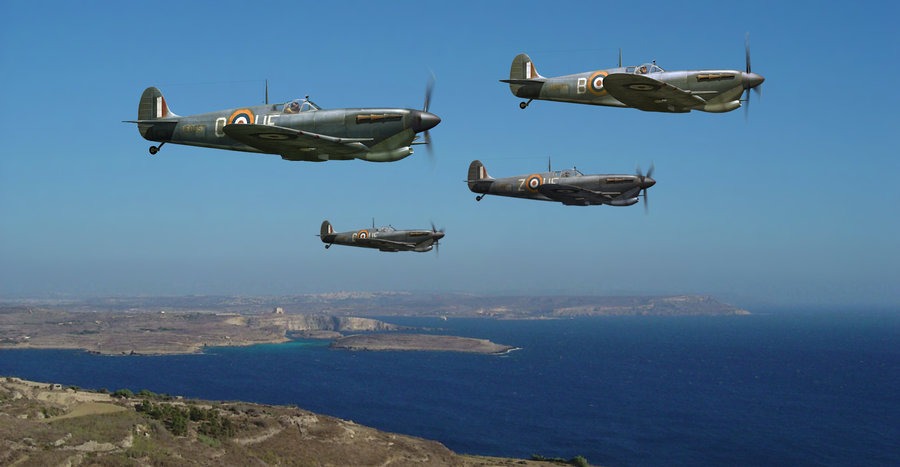
Keith Park and the Battle of Malta
How Keith Park relieved the Siege of Malta.
It was the 14th July 1942 in Malta. As usual there was an air raid in progress exactly as had happening most days since almost the beginning of the war.
The bombing of Malta was extremely severe with more bombs falling there than anywhere else during the war including London in the Blitz. This had led the King, just three months before, to award the people of Malta the George Cross for their exceptional bravery.
In the midst of the air raid on this particular day, a flying boat approached the Grand Harbour in Valletta.
Air Commodore Hugh Lloyd, the Air Commander (AOC) on Malta ordered the plane to circle away and stay clear until the raid was over. But the flying boat took no notice and landed.
When Hugh Lloyd went to reprimand its pilot he found it to be one the RAF’s most senior Fighter Commanders, a man who had led the RAF in the Battle of Britain. It was none other than Air Marshall Keith Park who had just arrived to take charge.
Hugh Lloyd had been a Bomber Commander with little experience of the Fighter tactics required to save Malta. The RAF, realising they had the ideal person for the job, had dispatched Keith Park to this vitally important strategic location.
Malta’s Important Strategic Location
Malta lies between Sicily and Tunisa and was in the path of the Axis’s supply line between Italy and their Afrika Korps. Rommel was in the process of pushing the British Eighth Army back deep into Egypt where he was now threatening Britain’s crucial control of the Suez Canal. This made the possession of Malta vital to both sides.
To support Rommel, Germany planned an invasion of Malta (Operation Hercules) but the island was still holding out in siege-like conditions.
As Spitfire pilot, Herbert Mitchell wrote in his diary in the spring of 1942, “This makes the Battle of Britain seem like child’s play.”
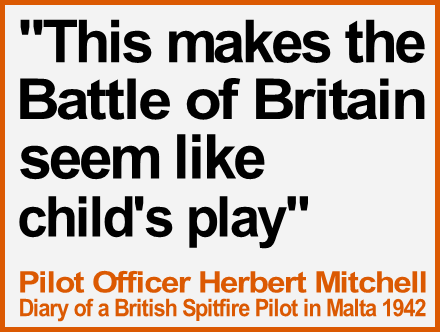 Park takes the Attack to the Enemy
Park takes the Attack to the Enemy
Park’s impact on the battle was immediate. Instead of using his fighters in a defensive manner like his predecessors, Park intercepted the enemy and broke up their formations before they reached Malta. With quicker take-off times, improved use of radar and better air-sea rescue, Park took the fight to the Luftwaffe.
Using three squadrons at a time, the first squadron attacked the escort fighters taking them by surprise by flying out of the sun. The second squadron then struck at the close escort or, if there was no close escort, the bombers themselves. Now the third squadron attacked the unprotected bombers.
Within just six days of Park implementing his plan on the 25th July, the Axis gave up on the daytime bombing of Malta because of their losses.
The RAF now had the capacity to provide air cover for the ships on their way to Malta to relieve the siege and to help British submarines in their attack on Axis convoys supplying Rommel.
The Luftwaffe Attacks Again
But in October, with the Germans aware that a crucial battle was looming in Egypt (it would be the 2nd Battle of El Alamein), the Luftwaffe renewed its attack on Malta.
For 17 days the Luftwaffe and the RAF slugged it out. But the Luftwaffe could not sustain the losses being inflicted upon them losing 64 planes to the RAF’s 23 and so they called off the assault. This was the last time that Malta would be seriously threatened. And with the British victory at El Alamein, the Axis forces were now on the back foot in the Mediterranean.
Keith Park had won the Battle of Malta
He had now fought and won two of the most critical air battles of the war making him, arguably, someone who should be considered the RAF’s most successful Fighter Air Commander.
Next job? Still based in Malta, he organises and provides the vital air cover required for the Allies invasion of Sicily and Italy. With recognition of his achievements, in January 1944 he becomes Air Officer Commanding-in-Chief Middle East Command with responsibility for the RAF across the entire Mediterranean.

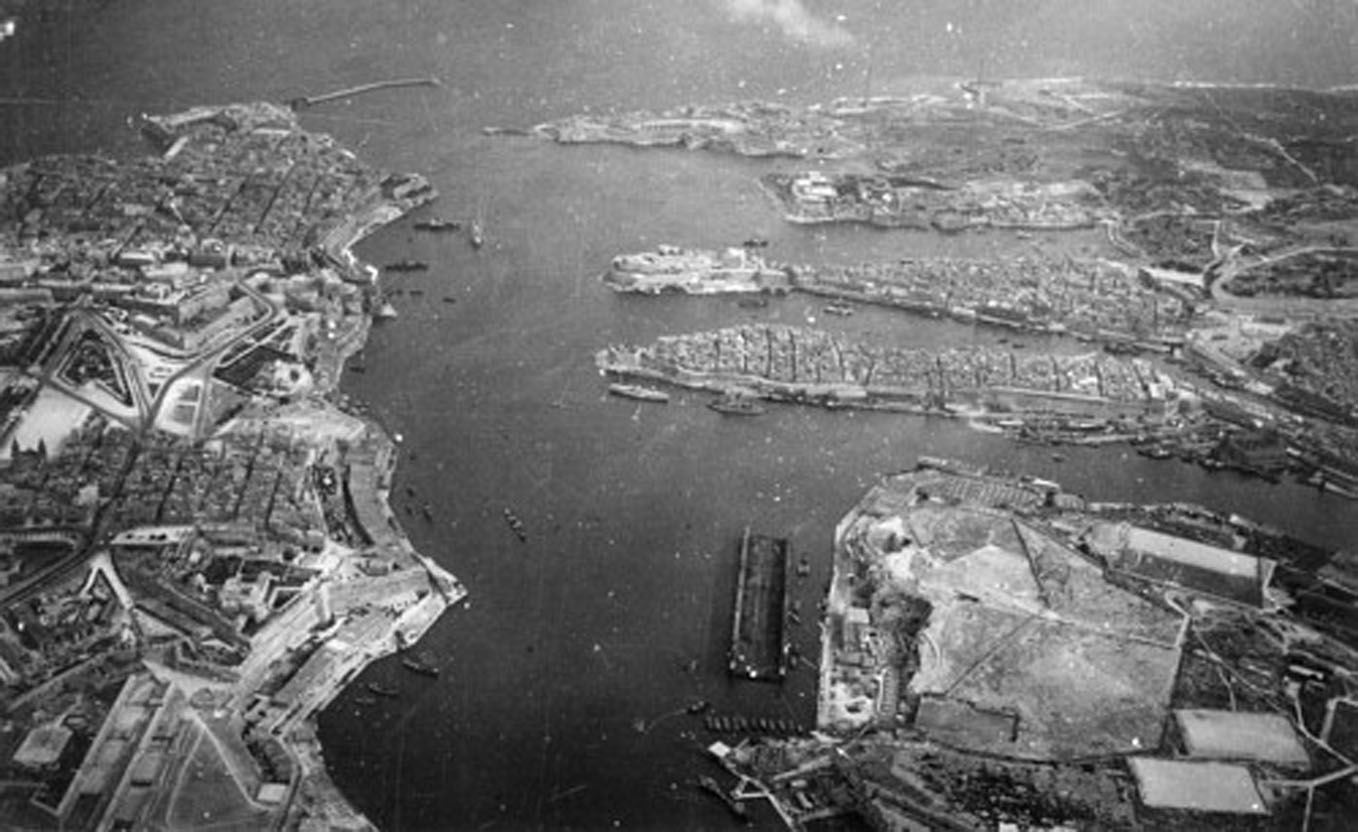
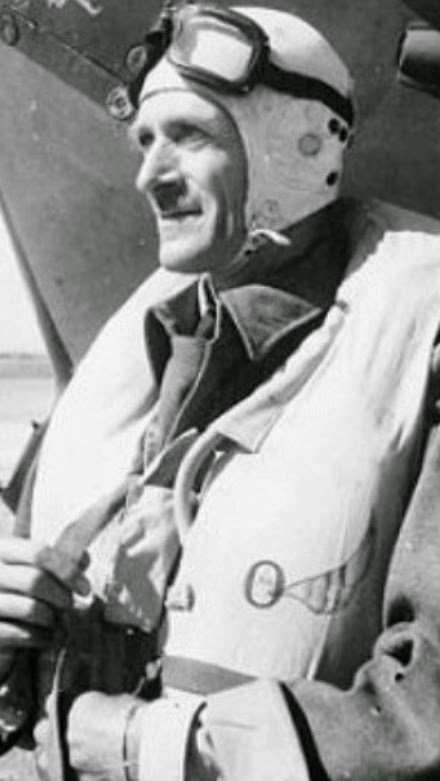
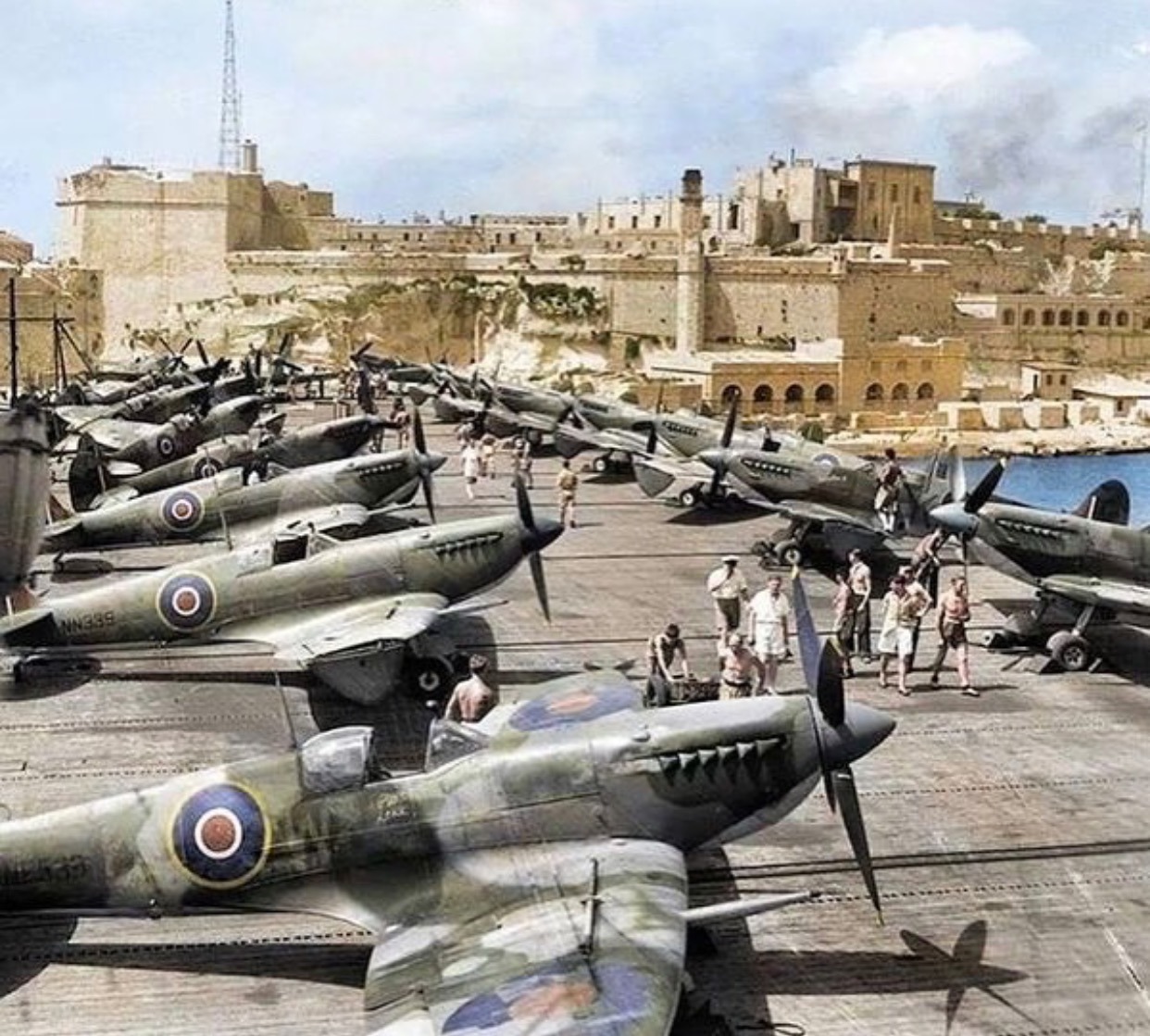
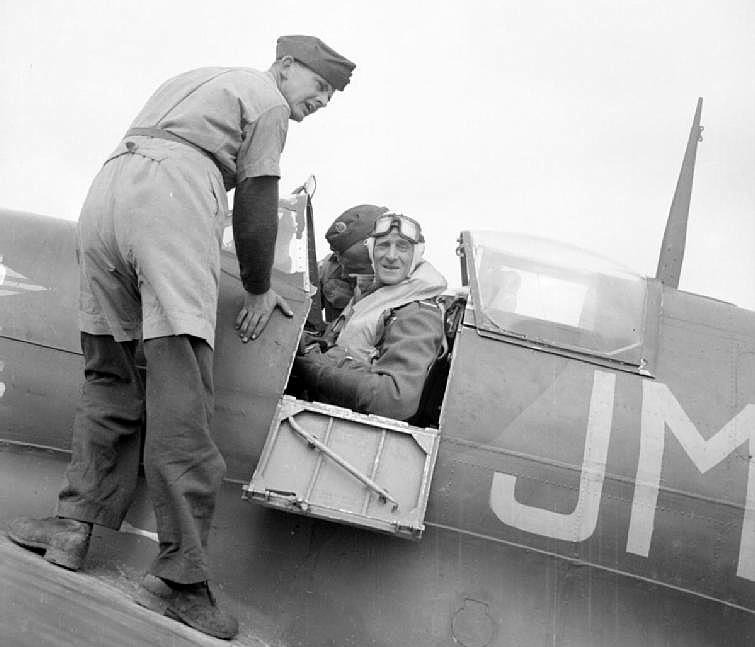
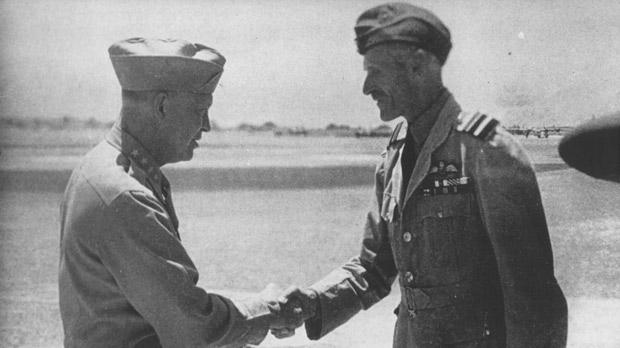

Leave a Comment